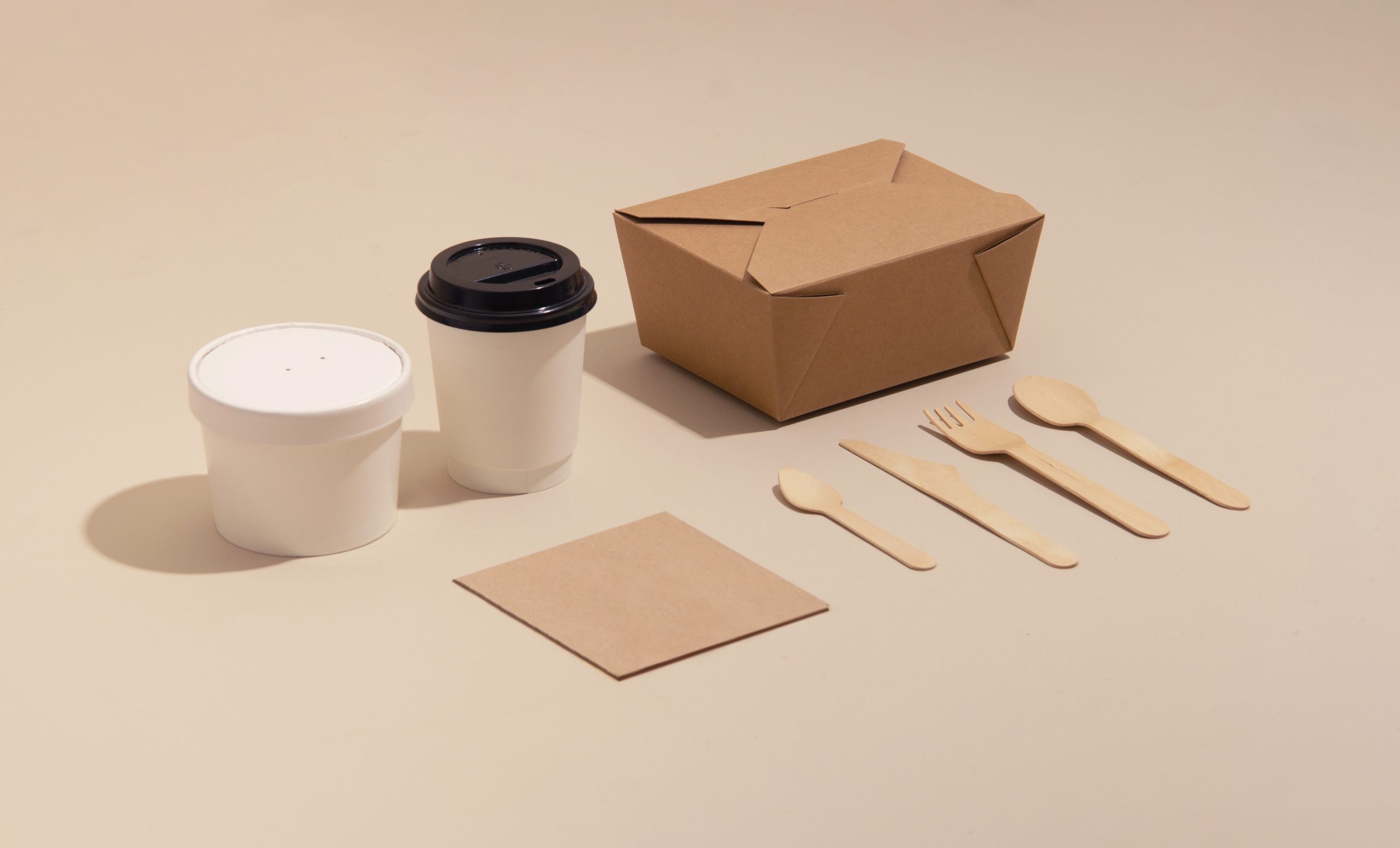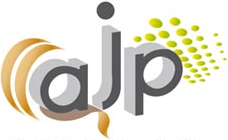All about coating
This is an Anglicism whose ambiguities will be pointed out by those who support the use of a pure and hard French language. Indeed, the term coating can have several meanings and refer to different practices. In the food industry, coating is an operation that consists of applying a liquid or powder coating to a product to give it special properties, regardless of its shape. This practice refers to what is known in French as enrobage. On the other hand, when the product, the base material, is a flat surface, for example a plastic film, paper or metal plate, the application of a layer to modify its properties is a process known as coating. It is this process that interests us here. What are the different types of coating, on which supports, for which results and benefits, is what we will develop.

The different coating processes
The objective, the interest of coating as an industrial process is a surface treatment. Its purpose is to modify the basic appearance of various materials, paper, textile, plastic or metal, to adapt it to specific conditions of use. An operation that requires the surface to be cleaned, degreased and rinsed beforehand, by chemical or mechanical means. Depending on the substrate and the method, there are three types of coating. Firstly, there is free coating, which can also be referred to as dipping. The base substrate is immersed in a liquid bath and the thickness of the fluid to be applied to the substrate is determined by the reaction of the substrate itself, the viscosity and thickness of the fluid and the surface tension. The second method is what is known as self-controlled coating. Again, the substrate is first immersed in a liquid fluid. The difference is that, in a second step, the fluid thickness will be controlled to reduce it to the desired level. Finally, the last method is pre-controlled coating. This time, the substrate is no longer immersed but the fluid is applied directly to the surface. The amount of fluid required is determined at the outset and is distributed evenly over the entire surface. This technique allows better control of the thickness of the fluid.
Areas of application of coating
In the industrial sector, coating is mainly used in the fields of metallurgy, plastics and paper, and also in textiles. In the metal industry, coating is used to apply lacquers and paints to metal surfaces. This is done by roller coating. During a galvanisation phase, coating is also used to apply a layer of zinc, then in liquid form, to the steel. In the textile industry, calendering is generally used, a technique that consists of passing a fabric between two rollers to smooth and gloss it. Different substances, such as lacquers, oils or vinyls, can be deposited on the material, depending on the final use of the substrate. But it is in the field of plastics and paper that coating offers the most possibilities. Multiple possibilities. Coating can, for example, be used for floor or wall coverings, or for packaging in the broadest sense. For paper, coating can change its appearance, making it glossy or matt, transparent or grained. And, again, these are just a few of the many applications.

The concrete benefits of coating
Once it has been said that coating affects vast areas of the industry and that many substrates can be subject to this technique, it remains to be determined in concrete terms what coating can bring. Clearly, the ultimate goal is not only to modify a substrate but above all to improve it according to what is expected of it. In the field of metallurgy, the first thing to look for is a longer life for the materials. Coating provides better resistance to shocks and temperature variations. Coating also makes it possible to reinforce the anti-corrosion properties of the supports, applications which can concern the food industry, for cans, as well as public works for pipes, or the automobile sector. In the textile sector, coating is what enables substrates to have enhanced waterproofing and resistance properties, against heat and against fire. These applications are extremely useful for the production of truck tarpaulins and special clothing in the workplace. These applications are extremely useful for the production of truck tarpaulins and special clothing for professional use, such as firefighters’ flame retardant clothing and suits for handling sensitive chemicals. For the general public, these applications will be found in sportswear with anti-perspiration materials, or which protect against bad weather thanks to good waterproofing. For the paper or plastics sector, it would be tedious to review all the advantages of coating.
For all packaging, paper or cardboard, coating provides a better seal and good resistance. All foodstuffs, but also cosmetic products and medicines, are better preserved thanks, indirectly, to coating. For coatings, coating makes it possible to reinforce the resistance, but also the adhesion of the supports. For paper, coating makes it possible to make the supports printable, whether by inkjet, thermal transfer or sublimation. The aesthetic virtues of coating should not be overlooked either. The development of advertising media includes coating, whether it be banners to identify oneself, stickers or even labels to be placed on products. Whatever the sector of activity, calling on a coating professional to improve your materials is a guarantee of development and progress. It also allows you to gain skills, respond to custom orders, increase production and shorten manufacturing times. Coating is nowadays a must in the industry and is constantly evolving to meet all the new challenges.

